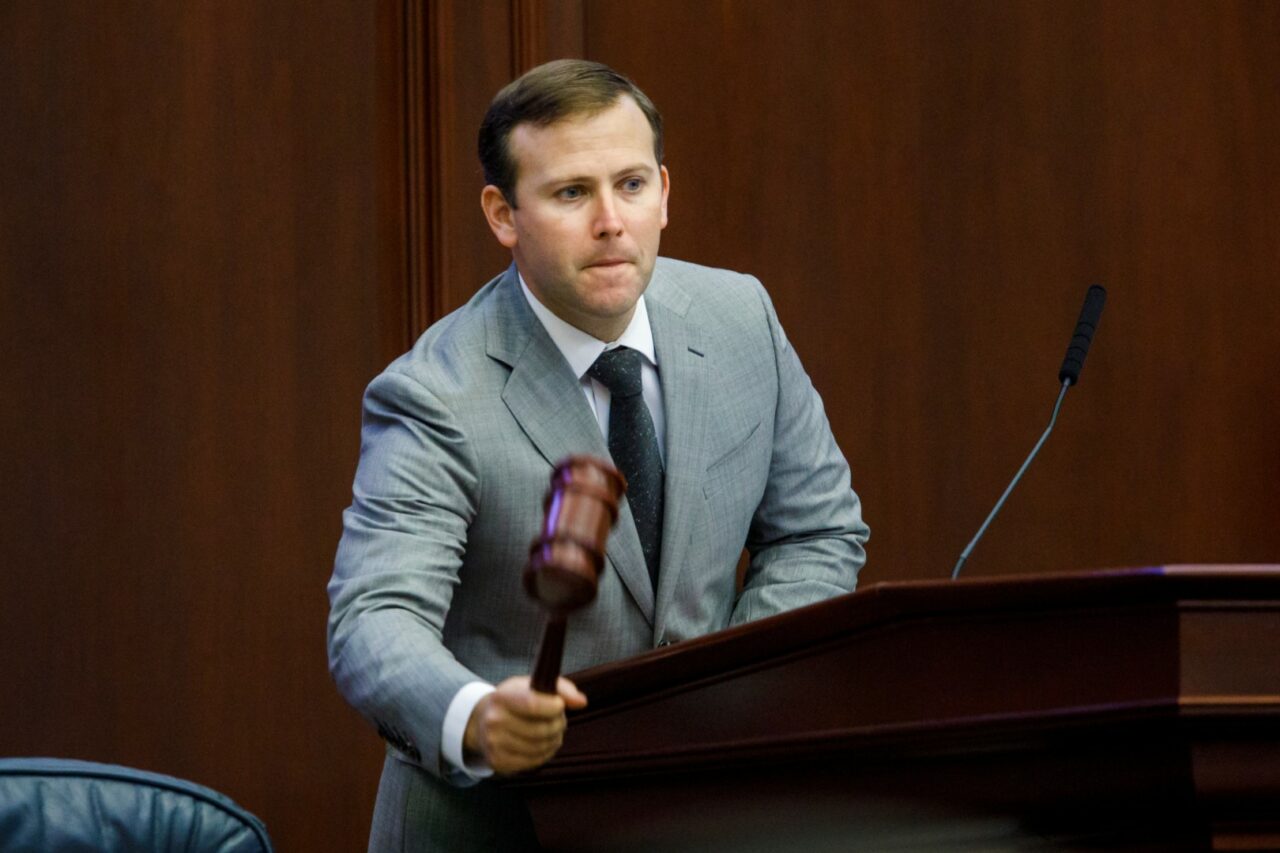
The Florida House unveiled its proposed spending plan for the coming fiscal year on Friday, clocking in at $105.3 billion.
While the number is about $4 billion larger than what the state is spending in the current fiscal year, the amount falls shy of the $108.6 billion budget plan the Senate published earlier Friday. Together, both are north of Gov. Ron DeSantis‘ $99.7 billion proposal. But DeSantis’ total dollar amount is near the House’s top figure when considering the federal spending that helped balloon the Legislature’s budget beyond past marks.
In a statement, House Speaker Chris Sprowls said the House’s budget proposal builds on last year’s plan by investing state dollars in a “strategic, intentional way.”
“We’ve made new, historic investments in our people, including valued law enforcement, corrections officers and teachers, and we’ve restored purchasing power to our state workforce amid a national inflation crisis,” Sprowls said. “We’re shining a spotlight on issues like fatherlessness and at-risk boys, cybersecurity needs and the nursing shortage in our state and pairing smart policy proposals with an infusion of funds to address these pressing needs. From water quality to infrastructure, health care, higher education, and beyond, the Florida House is committed to making wise investments in a balanced budget for the promise of an even better tomorrow.”
Federal stimulus dollars to help states navigate the COVID-19 pandemic have been the largest contributor to the increase in the state’s budget. The federal stimulus has partly driven the inflation that state officials warned could also drive up the cost of usual services. The House is taking additional measures to protect against inflation.
Within the bills the House released adjacent to its budget is a proposed measure directing the Chief Financial Officer to move $2 billion from General Revenue into the “Budgeting for Inflation that Drives Elevated Needs Fund.”
“Unwieldy federal spending during the COVID-19 pandemic has contributed to consumer prices soaring at a pace faster than that seen in over 30 years,” according to the legislation. “As such, Florida must take action to ensure the existence of a sufficient source of funds to provide spending flexibility if budget amendments are necessary to offset inflation spikes.”
The biggest daylight between the two chambers’ budgets comes between their spending levels for the Department of Corrections. The Senate proposes spending $4.7 billion on the agency while the House gives the agency $2.9 billion.
The plan will be reviewed and voted on at Wednesday’s House Appropriations Committee meeting, followed by a vote on the House floor later in the Legislative Session. That will set the stage for negotiations with the Senate for the final spending plan for the 2022-23 fiscal year, which begins July 1.
House Appropriations Committee Chair Jay Trumbull said he looks forward to working with the Senate to present DeSantis with a budget that reflects the needs of a growing state.
“The budget presented today by the Florida House reflects the unique needs and challenges posed by rapid growth, a robust economy and protection of our natural resources,” Trumbull said. “We provide record funding for our state parks and students and strategic investments in state worker pay. In addressing today’s challenges, we continue our focus on preparing for the future with over $11 billion in reserves. Like the people of Florida, this budget is bold and resilient.”



